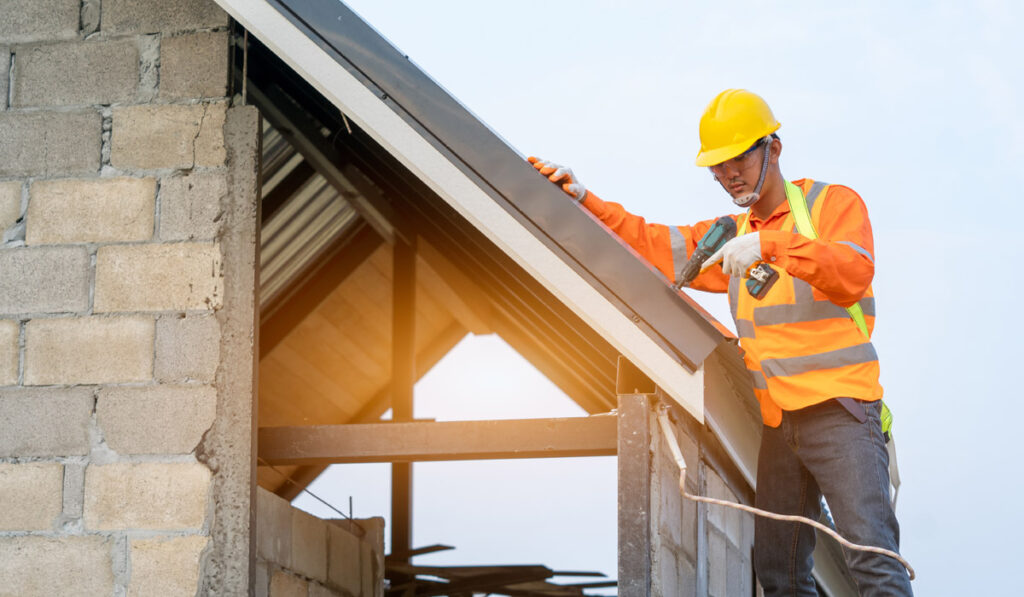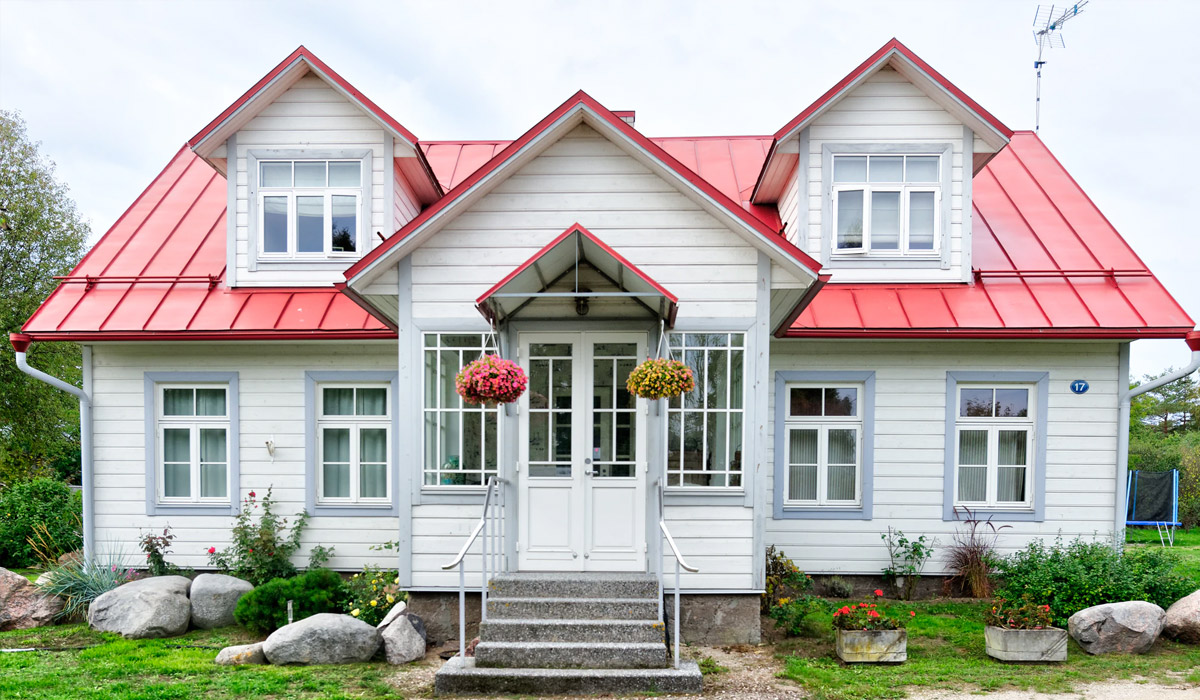From concrete tiles to wood shingles, compare pricing and differences to determine the best alternative for your home. Choosing the best roofing material for your home is an important decision that influences the beauty, energy efficiency, and value of your property.
According to the National Association of Home Builders (NAHB), the roofing material you choose might affect your home’s energy consumption by up to 20%. With so many possibilities available, it’s critical to understand both the pros and cons of each material before making an informed decision. This article will help you choose the ideal roofing material for your home, considering climate, budget, and maintenance needs.
1. Asphalt Shingles
Asphalt shingles are the most popular roofing material in the United States, accounting for over 90% of residential roofs. They are popular due to their price and adaptability.
Pros
- Affordable- Asphalt shingles are among the most cost-effective roofing materials, costing between $100 and $150 per square (100 square feet).
- Versatility- Available in various colors and styles, they can complement any home design.
- Ease of Installation- They are easy to install, reducing labor costs.
- Fire Resistance- Many asphalt shingles have good fire ratings.
Cons
- Lifespan- Typically, asphalt shingles last 15-30 years, which is shorter compared to other materials.
- Environmental Impact- They are petroleum-based, raising environmental concerns.
- Maintenance- Prone to algae growth in humid climates.
2. Metal Roofing
Metal roofing is gaining popularity for its durability and energy efficiency. According to the Metal Roofing Alliance, metal roofing can reduce energy costs by up to 40% in summer and 15% in winter.
Pros
- Durability- Metal roofs can last 40-70 years.
- Weather Resistance- Excellent at shedding snow and rain and can withstand high winds.
- Energy Efficiency- Reflects solar radiant heat, reducing cooling costs.
- Eco-Friendly- Often made from recycled materials and fully recyclable at the end of their life.
Cons
- Cost- Higher initial cost than asphalt shingles, typically ranging from $300 to $700 per square.
- Noise- Can be noisy during rain or hailstorms, though this can be mitigated with proper insulation.
- Denting- Can dent from large hail or falling branches.
3. Wood Shingles and Shakes
Wood shingles and shakes provide a natural, rustic appearance. According to the US Department of Energy, wood shingles can provide more insulation than other materials.
Pros
- Aesthetic Appeal- Offers a natural, rustic look.
- Insulation- Provides natural insulation, improving energy efficiency.
- Longevity- Can last 30-50 years with proper maintenance.
Cons
- Maintenance- Requires regular maintenance to prevent rot, mold, and insect damage.
- Fire Risk- Unless treated, can be a fire hazard.
- Cost- More expensive than asphalt shingles, costing between $400 and $700 per square.
4. Clay and Concrete Tiles
Clay and concrete tiles are well-known for their durability and striking appearance. The Tile Roofing Institute believes that these materials can endure more than 50 years with proper maintenance.
Pros
- Durability- Can last over 50 years.
- Aesthetic Variety- Available in various styles, colors, and finishes.
- Fire Resistance- Non-combustible, offering excellent fire resistance.
- Energy Efficiency- Reflects more heat away from the home, reducing cooling costs.
Cons
- Weight- Heavy, may require additional structural support.
- Cost- More expensive than other roofing materials, typically ranging from $700 to $1,000 per square.
- Fragility- Can break if walked on or struck by heavy objects.
Aimply dummy text of the printing and typesetting industry lorem Ipsum has been the industry’s standard dummy text ever area sector since ”
Jessica Mcdade
when an unknown printer took a galley of type and scrambled it to make a type specimen book. It has survived not only five centuries, but also the leap into electronic typesetting, remaining essentially unchanged.when an unknown printer took a galley of type and scrambled it to make a type specimen book.
when an unknown printer took a galley of type and scrambled it to make a type specimen book. It has survived not only five centuries, but also the leap into electronic typesetting.


when an unknown printer took a galley of type and scrambled it to make a type specimen book. It has survived not only five centuries, but also the leap into electronic typesetting, remaining essentially unchanged.when an unknown printer took a galley of type and scrambled it to make a type specimen book.


1 Comment